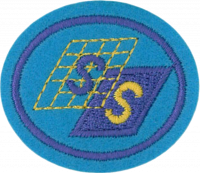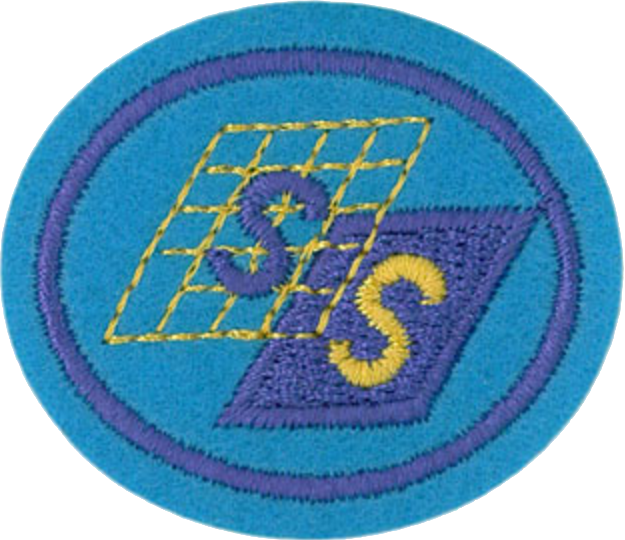Difference between revisions of "AY Honors/Silk Screen Printing/Answer Key/es"
From Pathfinder Wiki
< AY Honors | Silk Screen PrintingAY Honors/Silk Screen Printing/Answer Key/es
(Created page with "</noinclude> <!-- 1. Hacer una lista de las herramientas y equipos necesarios para la impresión de serigrafía. -->") |
(Created page with "</noinclude> <!-- 5. Hacer un diseño, transferir el diseño a un marco y con el marco imprimir uno de los siguientes proyectos: -->") |
||
| Line 30: | Line 30: | ||
{{CloseReq}} <!-- 3 --> | {{CloseReq}} <!-- 3 --> | ||
{{ansreq|page={{#titleparts:{{PAGENAME}}|2|1}}|num=4}} | {{ansreq|page={{#titleparts:{{PAGENAME}}|2|1}}|num=4}} | ||
| − | <noinclude> | + | <noinclude></noinclude> |
| − | </noinclude> | + | <!-- 4. Mencionar cómo las botellas y superficies redondas se imprimen. --> |
| − | <!-- 4. | ||
| − | |||
| − | + | {{clear}} | |
| − | |||
| − | |||
| − | + | {{clear}} | |
| − | |||
| − | |||
| − | |||
| − | |||
| − | |||
| − | + | <noinclude></noinclude> | |
| − | <noinclude | ||
| − | |||
{{CloseReq}} <!-- 4 --> | {{CloseReq}} <!-- 4 --> | ||
{{ansreq|page={{#titleparts:{{PAGENAME}}|2|1}}|num=5}} | {{ansreq|page={{#titleparts:{{PAGENAME}}|2|1}}|num=5}} | ||
| − | <noinclude> | + | <noinclude></noinclude> |
| − | </noinclude> | + | <!-- 5. Hacer un diseño, transferir el diseño a un marco y con el marco imprimir uno de los siguientes proyectos: --> |
| − | <!-- 5. | ||
| − | |||
| − | + | {{clear}} | |
| − | |||
| − | |||
| − | + | {{clear}} | |
| − | |||
| − | |||
| − | + | {{clear}} | |
| − | |||
| − | |||
| − | + | {{clear}} | |
| − | |||
| − | |||
| − | + | {{clear}} | |
| − | |||
| − | |||
| − | + | <noinclude></noinclude> | |
| − | <noinclude | ||
| − | |||
{{CloseReq}} <!-- 5 --> | {{CloseReq}} <!-- 5 --> | ||
| − | <noinclude> | + | <noinclude></noinclude> |
| − | </noinclude | ||
| − | |||
| − | |||
| − | |||
| − | + | ==Referencias== | |
| − | + | [[Category:Adventist Youth Honors Answer Book/es]] | |
| − | [[Category:Adventist Youth Honors Answer Book | + | <noinclude></noinclude> |
| − | <noinclude | ||
| − | |||
{{CloseHonorPage}} | {{CloseHonorPage}} | ||
Revision as of 18:46, 6 May 2021
1
Hacer una lista de las herramientas y equipos necesarios para la impresión de serigrafía.
2
Nombrar tres clases de tintas adecuadas para la impresión de sergrafía.
3
Enlistar por lo menos tres usos industriales del proceso de serigrafía.
4
Mencionar cómo las botellas y superficies redondas se imprimen.
5
Hacer un diseño, transferir el diseño a un marco y con el marco imprimir uno de los siguientes proyectos:
- a. Al menos diez tarjetas de felicitación
- b. Al menos tres carteles
- c. Imprimir un dibujo sobre tela
- d. Algún proyecto similar de su elección


